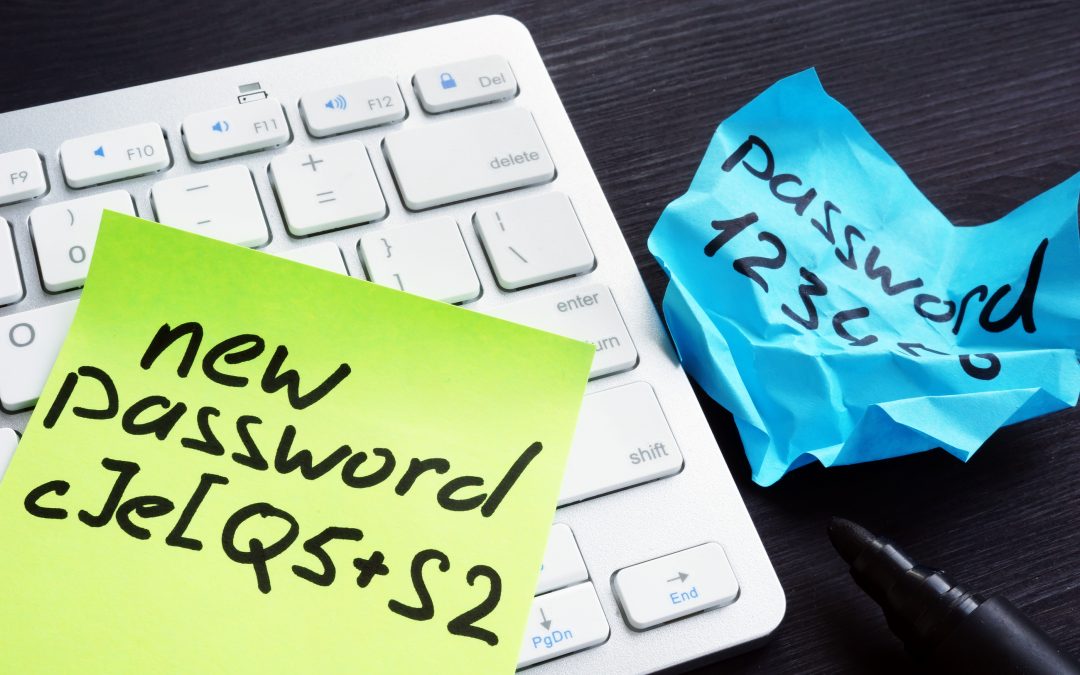Many programs rely on passwords as their last level of defense. Unfortunately, this is likely to give passwords a bad reputation. Users dislike them for one reason; it can be a lot to remember when needed, and administrators dislike them for the numerous password reissuing. Literally, passwords are becoming unwanted yet necessary. According to a Harris Poll survey, the typical American has 27 online accounts that require passwords. Each account should be accessed by different passwords, but humans are always going to act as humans, so that’s never going to happen. Therefore, it’s no surprise that many reuse passwords or forget them totally.
How People Use Passwords Today
Today, people utilize an increasing number of various internet services in their daily lives, and each service will require identification. Hence, you must remember your login and password for each service. Even though the login for each service is the same (especially email), the password for each service must be unique. It is far preferable to have a complicated password, which includes capital and lowercase letters, special characters, and numbers, and is at least eight characters long. Of course, remembering passwords for every login is hard, so customers use either easy or the same password for each site. Some people even write their passwords on paper and keep them in a drawer. That’s bad practice, and everyone needs to know that.
Highlighting The Pros and Cons
However, recent advancements in authentication and identification, such as face recognition, multi-factor authentication (MFA), generated one-time passwords (OTP), and fingerprint scanning, now provide an alternative to traditional passwords. They might sound so safe and secure, but, as always, all things have pros and cons. So, what are the pros and cons of passwordless login systems?
Pros
-
Defending Against Brute-Force Attacks
A brute force attack is a method of guessing passwords through trial and error. In this form of attack, the hostile actor utilizes a malicious script inserted in a website’s login box. The script/software then continually generates a series of random passwords (using a catalog of pre-saved IDs and passwords) till it finds a match between a password and a username. While it is common practice for site admins to utilize a time-restricted login attempt option to safeguard their websites against brute force hacks, attackers can easily find ways to bypass this restriction by banking on guessing correctly before the number of authorized tries repels them. With passwordless logins, websites are more secure.
-
Administrative Overhead is Reduced
When a new employee or user is added, the administration must supply passwords, which is not the case with this authentication method. When employees quit a firm, password resets must be undertaken to secure company data. Admins can find this stressful and overwhelming.
-
Quick and Convenient
Remembering and inputting passwords can take a lot of time, especially if the characters are complicated. Hence, replacing passwords with, well, no passwords makes the procedure simpler and faster. Users find it much easier to log in where needed, saving time. Note that most passwordless login systems are one-time, which saves time.
-
Enhanced Security
One primary benefit of this authentication method is its level of security. Users do not have to worry about hackers or losing data from their cloud directory when employing passwordless login systems. Most individuals duplicate their passwords, but once there are no passwords, there can be no hacking, engendering safety. With a no-password strategy, many vulnerabilities are eliminated.
Cons
-
Initial and potentially high costs
Although passwordless login systems save money long-term, they can incur expenditures that could rise with time, especially during deployment. For example, if you choose a hardware token-based solution, you will need to deliver an initial financial expenditure. There may also be development expenses to consider, especially if adopting a smartphone-based authentication app and similar methods.
-
Skepticism about passwordless technologies.
For years, passwords have been a foundation of computer security, and users familiar with the technology have preserved its use and relevance. Many users even find it easier to use passwords daily thanks to the introduction of password managers and auto-login capabilities. Technologies such as passwordless login systems are relatively new and would need some familiarisation. Lack of familiarity, coupled with the inconvenience of performing a biometric scan and using OTPs regularly, especially when users need to access corporate assets or information, can discourage them from using it in the long run.
-
Difficult to Troubleshoot
Many people find passwordless login systems too technical for themselves, not ignoring the fact that unfamiliarity is a factor that cannot be disregarded. For example, moving your social media accounts can be overwhelming and tiring. Also, losing the device that contains all your login details not only spells danger but also takes time to recover and re-login. As a result, when such challenges emerge, companies involved will most likely require the assistance of experienced IT service delivery staff to help put thongs right and in place.
Looking To Secure Your Business? Managed IT Asia Can Get You Started!
Managed IT Asia can assist your company in dealing with all of the issues associated with passwordless login systems. Other features such as browser extension compatibility and multi-factor authentication can also be installed for you. Contact us today to get started.
MANAGED IT ASIA, we are an IT Support, IT Solutioning and Managed IT Service Provider specializing in serving Small Businesses across Asia. Call us at +65 6748 8776 and let us manage your Small Business IT today!
